Home>Articles>Why Doesn’t All The Water Come Out Of Showerhead
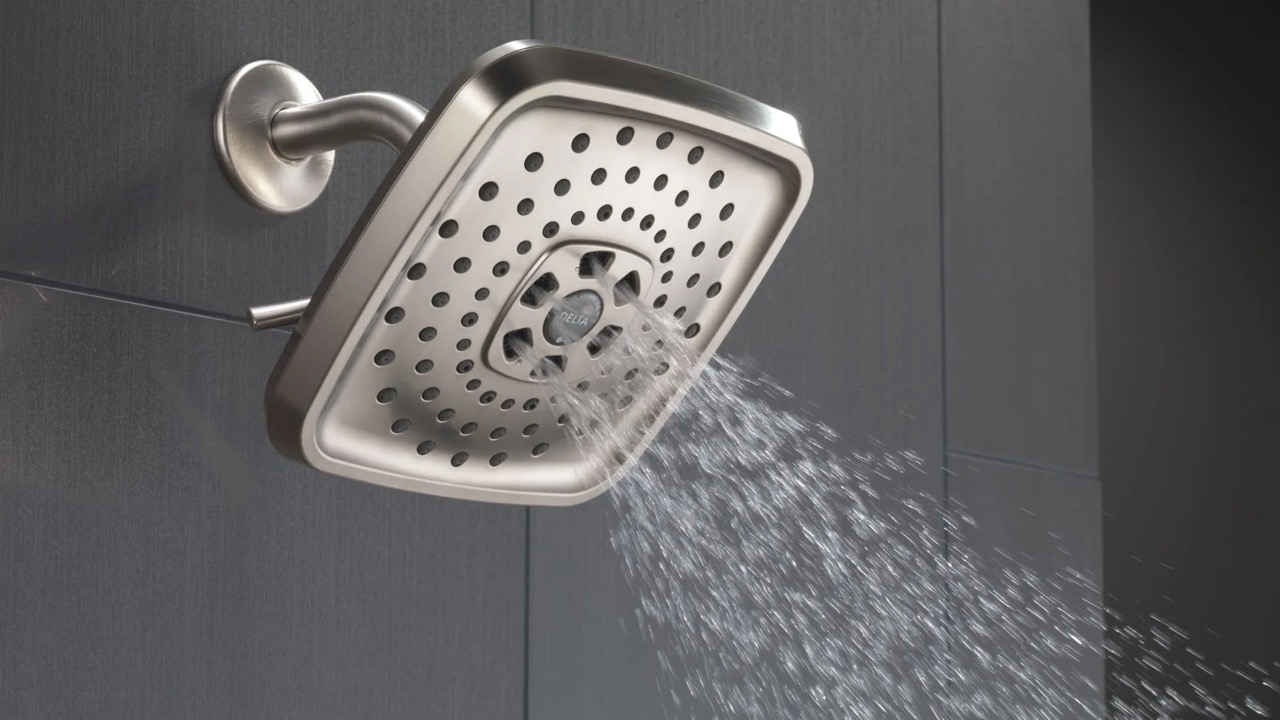

Articles
Why Doesn’t All The Water Come Out Of Showerhead
Modified: February 22, 2024
Discover why not all the water comes out of your showerhead with our informative articles. Expert tips and insights to improve your showering experience.
(Many of the links in this article redirect to a specific reviewed product. Your purchase of these products through affiliate links helps to generate commission for Storables.com, at no extra cost. Learn more)
Introduction
Have you ever noticed that not all of the water from your showerhead seems to be coming out? It can be frustrating to step into the shower, expecting a strong and steady stream of water, only to be greeted by a disappointing trickle. So, why doesn’t all the water come out of the showerhead?
To understand this phenomenon, we need to delve into the inner workings of a showerhead and explore the various factors that can affect the flow of water. From design and construction to water pressure and flow rate limitations, there are several elements at play.
In this article, we will take a closer look at how a showerhead works, the reasons behind reduced water flow, and the impact of water-saving features in modern showerheads. By the end, you’ll have a better understanding of why you’re not getting all the water you’re expecting.
So, let’s dive in and uncover the secrets behind why some water seems to mysteriously disappear before it reaches you in the shower.
Key Takeaways:
- Understanding the factors affecting water flow in showerheads, such as limescale buildup and low water pressure, empowers you to troubleshoot and restore optimal water flow for a rejuvenating shower experience.
- By proactively addressing issues like clogged showerhead holes and low water pressure, you can ensure a satisfying shower experience while promoting water conservation and efficiency. Regular maintenance and awareness of water flow factors are key to enjoying revitalizing showers.
How does a showerhead work?
A showerhead, also known as a shower nozzle, is a device that disperses water in a controlled manner for showering purposes. It consists of several components that work together to create a pleasant and efficient showering experience.
At the heart of the showerhead is the water inlet, which is connected to the plumbing system. When the shower is turned on, water flows from the pipes into the showerhead. From there, it passes through a series of channels or chambers that control the flow and direction of the water.
Most showerheads have small holes or nozzles through which the water is released. These holes are strategically placed to distribute the water evenly and ensure maximum coverage of the body. The size and pattern of the holes can vary depending on the design of the showerhead.
The water pressure in the pipes forces the water through the nozzles, creating the sensation of a shower. The intensity and strength of the water flow can be adjusted using the showerhead’s controls, such as a shower handle or dial.
In addition to regulating the flow of water, showerheads may also incorporate features to enhance the showering experience. For example, some showerheads have adjustable spray patterns, allowing users to choose between a concentrated jet, a wider spray, or a massage-like setting.
Overall, the design and functionality of a showerhead are geared towards providing a soothing and invigorating shower experience by optimizing water flow and distribution.
Factors affecting water flow in a showerhead
Several factors can influence the flow of water in a showerhead and ultimately impact the amount of water that comes out:
- Water pressure: The water pressure in the plumbing system plays a significant role in determining the flow rate of water from the showerhead. Low water pressure can result in a weak and unsatisfying shower, while high water pressure can lead to a forceful and uncomfortable experience.
- Flow rate limitations: Showerheads are designed to comply with flow rate regulations to conserve water. In many regions, there are restrictions on the maximum flow rate allowed for showerheads. This limitation ensures water efficiency and helps to conserve this valuable resource.
- Design and construction: The design and construction of the showerhead can affect the water flow. Showerheads with smaller nozzles or more restrictive designs may restrict the flow, resulting in lower water output. On the other hand, showerheads with larger or more open nozzles can provide a higher flow rate.
- Water-saving features: Many modern showerheads incorporate water-saving features to reduce water consumption without compromising the showering experience. These features can include aerators, which mix air with the water to create the sensation of a high-pressure flow while using less water, or flow restrictors, which limit the amount of water that can pass through the showerhead.
- Water temperature: The temperature of the water can also affect the flow. In some cases, hot water may have a lower flow rate due to mineral deposits or pipe restrictions. Similarly, extremely cold water can sometimes cause a decrease in flow due to changes in viscosity.
- Quality of the water: If the water in your area is hard or contains a high level of minerals, it can lead to lime scale buildup or clogging of the showerhead. This can restrict the flow of water and result in reduced water output.
These factors interact and work together to determine the flow rate and overall water output from the showerhead. Understanding these factors can help you troubleshoot and address any issues you may encounter with the water flow in your shower.
Design and construction of showerheads
The design and construction of showerheads play a critical role in determining their performance and effectiveness in delivering a satisfying shower experience. Manufacturers employ various features and technologies to optimize water flow and distribution. Here are some key aspects of showerhead design and construction:
- Nozzle arrangement: Showerheads are designed with a specific arrangement of nozzles to disperse water evenly across the shower area. The placement, size, and number of nozzles determine the coverage and intensity of the water spray. Manufacturers may experiment with different nozzle configurations to achieve different spray patterns or massage-like effects.
- Materials: Showerheads are typically made from durable and corrosion-resistant materials such as brass, stainless steel, or plastic. The choice of materials affects the longevity and performance of the showerhead. Metal showerheads are often preferred for their sturdiness and resistance to wear and tear.
- Water-saving features: With increasing focus on water conservation, many modern showerheads incorporate water-saving features. These can include aerators, which inject air into the water stream to reduce water usage while maintaining a strong water pressure sensation. Some showerheads also come with flow restrictors that limit water flow without compromising user comfort.
- Adjustability: Many showerheads offer adjustability options to cater to individual preferences. This can include adjustable spray patterns, allowing users to switch between a concentrated jet, a wider spray, or a gentle rainfall effect. Adjustable showerheads provide flexibility and customization for a personalized shower experience.
- Clog-resistant designs: To prevent clogging and ensure consistent water flow, showerheads may incorporate features to resist mineral deposits and debris accumulation. Self-cleaning or anti-clog mechanisms, such as rubber spray nozzles or easy-to-remove faceplates, make maintenance and cleaning hassle-free.
Manufacturers continuously explore innovative design elements and technologies to enhance the performance and efficiency of showerheads. These advancements aim to provide an enjoyable shower experience while minimizing water waste and reducing maintenance efforts.
When selecting a showerhead, it’s essential to consider the design and construction features that align with your preferences and offer the desired water flow and distribution.
Water pressure and flow rate limitations
Water pressure and flow rate are critical factors that directly affect the performance of a showerhead and the overall showering experience. Understanding the relationship between water pressure and flow rate is essential for optimizing water usage and maintaining a satisfactory water flow.
Water pressure is a measure of the force or energy with which water is delivered through the plumbing system. It is typically measured in pounds per square inch (PSI) or bars. The higher the water pressure, the greater the force with which water is expelled from the showerhead.
Flow rate, also known as water output or water discharge rate, refers to the volume of water that passes through the showerhead in a given amount of time. It is typically measured in gallons per minute (GPM) or liters per minute (LPM).
Flow rate limitations are often imposed by regulations to promote water conservation and efficiency. In many regions, there are restrictions on the maximum flow rate allowed for showerheads. The most common standard is a flow rate of 2.5 GPM (9.5 LPM), although some areas have even stricter limits.
While water pressure and flow rate are interrelated, they are not the same thing. The flow rate of a showerhead is determined by both the water pressure supplied by the plumbing system and the design of the showerhead itself. A lower flow rate can result from either low water pressure or the intentional limitation imposed by the showerhead’s design or flow restrictor.
If the water pressure in your plumbing system is too low, it can have a significant impact on the flow rate from the showerhead. Low water pressure can result in a weak and unsatisfying shower experience, with water trickling out of the showerhead instead of flowing with force.
On the other hand, if the water pressure is too high, it can lead to a forceful and uncomfortable showering experience. Excessively high water pressure can create excessive spray or even cause discomfort or pain when it comes into contact with the skin.
It is important to note that showerheads can be designed to compensate for low water pressure by incorporating features such as pressure-boosting technologies or smaller nozzle sizes to increase the perception of water pressure without exceeding the flow rate limitations.
Overall, understanding the relationship between water pressure and flow rate is crucial for selecting a showerhead that suits your preferences and ensures an optimal showering experience while adhering to water conservation regulations.
Read more: Water Coming Out Of Faucet When Shower Is On
Water-saving features in modern showerheads
With growing environmental concerns and the need to conserve water, modern showerheads often incorporate various water-saving features. These features aim to reduce water consumption without compromising the showering experience. Here are some common water-saving features found in modern showerheads:
- Aerators: Aerators are small devices that mix air with the water stream, creating the sensation of a higher water pressure while using less water. By introducing air into the water flow, aerators can maintain the perception of a strong and satisfying shower while reducing water usage.
- Flow restrictors: Flow restrictors are mechanisms installed within the showerhead to limit the flow rate of water. They regulate the amount of water that passes through the showerhead, ensuring compliance with water conservation regulations. Flow restrictors can significantly reduce water consumption without compromising shower performance.
- Smart technology: Some modern showerheads are equipped with smart technology that allows users to monitor and control water usage. These showerheads may have LED displays or indicators that provide real-time feedback on water consumption. Users can then adjust their showering habits and make conscious efforts to conserve water.
- Pause or spray pause function: The pause function allows users to temporarily stop the water flow while lathering or shampooing, conserving water during these moments. This feature is convenient and encourages water-conscious behavior by making it easy to pause and resume the shower without adjusting temperature settings.
- Low-flow spray patterns: Many modern showerheads offer low-flow spray patterns that optimize water distribution while reducing water usage. These spray patterns can create a more focused and efficient water flow, minimizing wastage and maximizing coverage.
- Built-in timers: Some showerheads incorporate timers to encourage shorter showers. These timers can be set to remind users to finish their shower within a specific time frame, helping to reduce water wastage caused by unnecessarily long showers.
These water-saving features can have a significant impact on water conservation efforts without sacrificing the comfort and enjoyment of a shower. They enable individuals to play their part in preserving this precious resource while still maintaining a refreshing and satisfying showering experience.
When shopping for a showerhead, it is worth considering one with water-saving features that align with your preferences and commitment to environmental sustainability. By choosing a water-efficient showerhead, you can make a positive contribution to water conservation without compromising your comfort in the shower.
Check for mineral deposits or clogs in the showerhead. Soak the showerhead in vinegar to dissolve any buildup and improve water flow.
Reasons for reduced water flow in showerheads
Experiencing reduced water flow in a showerhead can be frustrating, especially when you’re anticipating a refreshing and invigorating shower. Several factors can contribute to this issue, and understanding these reasons can help you troubleshoot and address the problem. Here are some common causes of reduced water flow in showerheads:
- Limescale and mineral deposits: Over time, minerals and limescale can accumulate within the showerhead’s nozzles or channels, restricting the flow of water. These deposits form due to the presence of hard water, which contains high levels of minerals such as calcium and magnesium. Regular cleaning or descaling can help remove these deposits and restore the water flow.
- Pipe or plumbing issues: Problems within the plumbing system, such as clogged or narrow pipes, can hinder water flow to the showerhead. Mineral deposits, rust, or debris can accumulate within the pipes, restricting the flow of water. In such cases, it may be necessary to consult a plumber to diagnose and resolve the plumbing issues.
- Clogged showerhead holes: Over time, showerhead holes can become clogged with debris, soap scum, or mineral deposits. This build-up restricts the water flow and results in a weak or uneven spray. Regular cleaning of the showerhead by removing and rinsing the faceplate or soaking it in a vinegar solution can help unclog the blocked holes and restore proper water flow.
- Low water pressure from the source: In some instances, the reduced water flow may be due to low water pressure from the main supply or well. Low water pressure can affect the performance of the showerhead, resulting in a weak water flow. In these cases, installing a pressure booster or consulting your water utility provider may help alleviate the issue.
Understanding the reasons behind reduced water flow in showerheads allows you to take appropriate measures to address the problem. Regular cleaning and maintenance, as well as addressing any underlying plumbing issues, can help restore optimal water flow and ensure a satisfying shower experience.
Limescale and mineral deposits
Limescale and mineral deposits are common culprits for reduced water flow in showerheads. These deposits are caused by the presence of hard water, which contains high concentrations of minerals such as calcium and magnesium. Over time, these minerals can accumulate within the showerhead’s nozzles, channels, and other components, restricting the flow of water and affecting the showering experience. Understanding limescale and mineral deposits can help you prevent and address this issue.
When hard water flows through the showerhead, small amounts of minerals are left behind as water evaporates. These minerals gradually build up, forming a layer of scale or deposits. Limescale is the most common type of deposit and typically appears as a white or off-white residue. The severity of limescale buildup depends on the hardness of the water and the frequency of use of the showerhead.
Limescale and mineral deposits can have various negative effects on the performance of the showerhead:
- Reduced water flow: The accumulation of limescale and mineral deposits can partially or completely block the showerhead’s nozzles, restricting the flow of water. This results in a weak and unsatisfying shower experience, as the water may trickle out instead of flowing with force.
- Uneven spray: When limescale builds up in certain areas of the showerhead, it can cause an uneven spray pattern. Some nozzles may become partially or completely blocked, while others remain clear. As a result, the water spray may be uneven or erratic, creating an inconsistent showering experience.
- Increased maintenance needs: Limescale and mineral deposits require regular cleaning and maintenance to prevent further build-up. Neglecting this maintenance can lead to more significant blockages and make it more challenging to restore proper water flow later on.
- Shortened lifespan of the showerhead: The accumulation of limescale and mineral deposits not only affects the performance of the showerhead but can also lead to premature wear and tear. The deposit build-up can corrode or damage the internal components, reducing the overall lifespan of the showerhead.
To prevent or address limescale and mineral deposits, regular cleaning is essential. One effective method is to remove the showerhead and soak it in a solution of white vinegar and water. The acidity of vinegar helps dissolve and break down limescale and mineral deposits. After soaking, use a toothbrush or small brush to gently scrub away any remaining deposits. Rinse the showerhead thoroughly before reattaching it.
Additionally, using a water softener or installing a whole-house water filtration system can help soften the water and reduce the formation of limescale and mineral deposits. These systems remove or neutralize minerals and impurities in the water supply, protecting both your showerhead and other household appliances.
By understanding and proactively addressing limescale and mineral deposits, you can maintain the optimal performance of your showerhead and enjoy a consistent and satisfying shower experience.
Pipe or plumbing issues
When it comes to reduced water flow in showerheads, pipe or plumbing issues can often be to blame. These underlying problems in the plumbing system can restrict the flow of water and affect the overall performance of the showerhead. Understanding the potential pipe or plumbing issues can help you identify and address the root cause of the reduced water flow.
Clogged or narrow pipes: Over time, pipes can become clogged or narrowed due to the accumulation of debris, mineral deposits, rust, or other sediments. These blockages restrict the flow of water and can result in reduced water output from the showerhead. The clogs can occur within the showerhead’s connecting pipe or in the plumbing system leading to the shower. In such cases, professional plumbing assistance may be required to diagnose and clear the blockages.
Damaged or faulty pipes: Pipes can develop cracks, leaks, or other damage, resulting in decreased water pressure and flow to the showerhead. Over time, wear and tear, corrosion, freezing temperatures, or improper installation can weaken the integrity of the pipes. Any damage along the pipeline can reduce the amount of water reaching the showerhead. Identifying and repairing these pipe issues can help restore optimal water flow.
Plumbing system design: The design of the plumbing system can also impact water flow. If the pipes leading to the showerhead are too small or have excessive bends, it can cause water pressure loss and reduced flow. Uneven distribution of pipes or improper sizing can contribute to decreased water output from the showerhead. In such cases, consulting with a plumbing professional can help evaluate and optimize the plumbing system for better water flow.
Water supply issues: Sometimes, reduced water flow from the showerhead may be a result of issues with the water supply itself. Low water pressure from the main supply or well can impact the flow of water to the showerhead. Municipal water supply systems or private well systems can experience fluctuations in water pressure due to maintenance activities, high demand, or issues with the water source. If you suspect a water supply issue, contacting your water utility provider or consulting a professional plumber can help identify and address the problem.
Addressing pipe or plumbing issues requires specialized knowledge and skills. It is recommended to consult a licensed plumber who can assess the plumbing system, diagnose any underlying problems, and provide appropriate solutions. By resolving these pipe or plumbing issues, you can restore optimal water flow and enjoy a satisfying shower experience.
Clogged showerhead holes
Clogged showerhead holes are a common cause of reduced water flow and can be quite frustrating. Over time, debris, mineral deposits, and other substances can accumulate in the small holes of the showerhead, restricting the flow of water and affecting the quality of your shower. Understanding the causes and addressing clogged showerhead holes can help you restore optimal water flow and enjoy a satisfying shower experience once again.
There are several reasons why showerhead holes can become clogged:
- Hard water: Hard water contains high levels of minerals such as calcium and magnesium. As hard water flows through the showerhead, these minerals can deposit and build up inside the holes, gradually reducing their size and blocking the water flow.
- Soap scum: Soap, along with dirt and body oils, can form a sticky residue known as soap scum. Over time, soap scum can accumulate on the surface of the showerhead and find its way into the holes, leading to clogging.
- Iron or rust particles: In areas with rusty or corroded plumbing systems, iron or rust particles may be present in the water supply. These particles can enter the showerhead and settle in the holes, resulting in blockages.
- Debris and sediment: If the water supply to your home has high levels of sediment or debris, such as sand or dirt particles, it can lead to clogged showerhead holes. These particles can accumulate over time and obstruct the flow of water.
To address clogged showerhead holes, you can try the following methods:
- Cleaning with vinegar: Start by removing the showerhead from the arm or hose. Fill a container with equal parts white vinegar and water. Submerge the showerhead in the solution and let it soak for several hours or overnight. The acidity of vinegar helps dissolve mineral deposits and other debris. After soaking, use a toothbrush or small brush to gently scrub the holes and remove any remaining residue. Rinse the showerhead thoroughly before reattaching it.
- Using a descaling solution: If vinegar alone is not effective, you can use a commercially available descaling solution. Follow the manufacturer’s instructions to apply the solution to the showerhead and remove the clogs. Be sure to rinse the showerhead thoroughly after descaling.
- Removing and manually cleaning the holes: For stubborn clogs, you may need to remove the faceplate or nozzle of the showerhead and manually clean the holes. Use a toothpick, sewing needle, or small brush to carefully dislodge any debris from each hole. Take care not to damage the surrounding area or enlarge the holes during the process.
Regular maintenance is key to preventing clogs in showerhead holes. Consider installing a showerhead with removable and easy-to-clean nozzles or using a showerhead with self-cleaning features. Additionally, using a water softener or whole-house water filtration system can help reduce the accumulation of mineral deposits and extend the time between cleanings.
By addressing and preventing clogged showerhead holes, you can ensure optimal water flow and enjoy a rejuvenating shower experience.
Low water pressure from the source
One of the reasons for reduced water flow in showerheads is low water pressure from the source. When the water pressure from the main supply or well is inadequate, it can have a direct impact on the performance of the showerhead and result in a weak and unsatisfying showering experience. Understanding the causes and addressing low water pressure can help improve the water flow in your shower.
Several factors can contribute to low water pressure:
- Supply line issues: If there are any problems with the water supply line leading to your home, such as leaks, blockages, or damage, it can result in reduced water pressure. Issues with the municipality’s water supply infrastructure or problems with your private well system can also contribute to low water pressure.
- Water usage in the area: During periods of high demand, such as peak usage times or in densely populated areas, water pressure can decrease due to the strain on the water supply system. This can result in reduced water flow not only in your shower but also in other faucets and appliances throughout your home.
- Pipeline obstructions: Over time, mineral deposits, sediment, or debris can accumulate within the plumbing pipes, causing obstructions and restricting the water flow. These obstructions lead to a decrease in water pressure and affect the performance of the showerhead.
- Damaged pressure regulator: Pressure regulators are devices installed in the plumbing system to regulate and maintain the desired water pressure. If the pressure regulator becomes faulty or damaged, it can result in inconsistent or decreased water pressure.
- Elevation or distance: If your property is located at a higher elevation or farther away from the main water supply, it can contribute to lower water pressure due to gravity and friction losses as the water travels through the pipelines.
To address low water pressure from the source, consider the following steps:
- Contact your water utility provider: If the low water pressure is persistent and affecting multiple fixtures in your home, it is advisable to contact your water utility provider. They can investigate the issue and determine if there are any problems with the municipal water supply system.
- Check for leaks and blockages: Inspect your plumbing system and check for any leaks, blockages, or damage in the supply line that may be causing low water pressure. Consult a licensed plumber if you suspect any issues and require professional assistance in diagnosing and resolving them.
- Consider a pressure booster: If low water pressure is a chronic issue in your home, installing a pressure booster system can help increase water pressure and improve the flow rate to your showerhead and other fixtures. A pressure booster increases the pressure of the water as it enters your home, ensuring adequate water flow throughout.
- Address pipeline obstructions: Periodically cleaning your plumbing system by removing mineral deposits, sediment, or debris can help alleviate pipeline obstructions and improve water flow. This can involve professional cleaning or the use of descaling solutions to remove accumulated deposits.
It’s important to note that resolving low water pressure issues may require professional assistance or coordination with your water utility provider. By addressing and remedying low water pressure from the source, you can enhance the water flow in your shower and enjoy a more satisfying showering experience.
Conclusion
Having a strong and steady water flow from your showerhead is essential for a refreshing and enjoyable showering experience. However, there are various factors that can contribute to reduced water flow in showerheads. Understanding these factors and their impact can help you troubleshoot and address the issue to restore optimal water flow.
We explored the inner workings of a showerhead, the design and construction elements, as well as the water pressure and flow rate limitations that affect its performance. We also discussed the importance of water-saving features in modern showerheads, which help conserve water without compromising the showering experience.
We examined some common reasons for reduced water flow, including limescale and mineral deposits, pipe or plumbing issues, clogged showerhead holes, and low water pressure from the source. Each of these factors can contribute to a weak or unsatisfying water flow, and it is important to identify and address the specific cause to restore proper water flow.
By implementing regular maintenance practices, such as cleaning the showerhead, descaling, and addressing plumbing issues, you can prevent or remove limescale and mineral deposits, clear clogged showerhead holes, and improve water flow. Additionally, contacting your water utility provider or installing a pressure booster system can help address low water pressure from the source.
Maintaining optimal water flow in your showerhead not only ensures a satisfying showering experience but also promotes water conservation and efficiency. By being proactive and aware of the factors that affect water flow, you can ensure that every shower is a rejuvenating and refreshing experience.
Remember, the key to addressing reduced water flow is understanding the specific causes and taking appropriate steps to remedy the situation. Through regular maintenance, proper cleaning, and addressing any underlying issues, you can enjoy a revitalizing shower with the optimal water flow you deserve.
Frequently Asked Questions about Why Doesn't All The Water Come Out Of Showerhead
Was this page helpful?
At Storables.com, we guarantee accurate and reliable information. Our content, validated by Expert Board Contributors, is crafted following stringent Editorial Policies. We're committed to providing you with well-researched, expert-backed insights for all your informational needs.
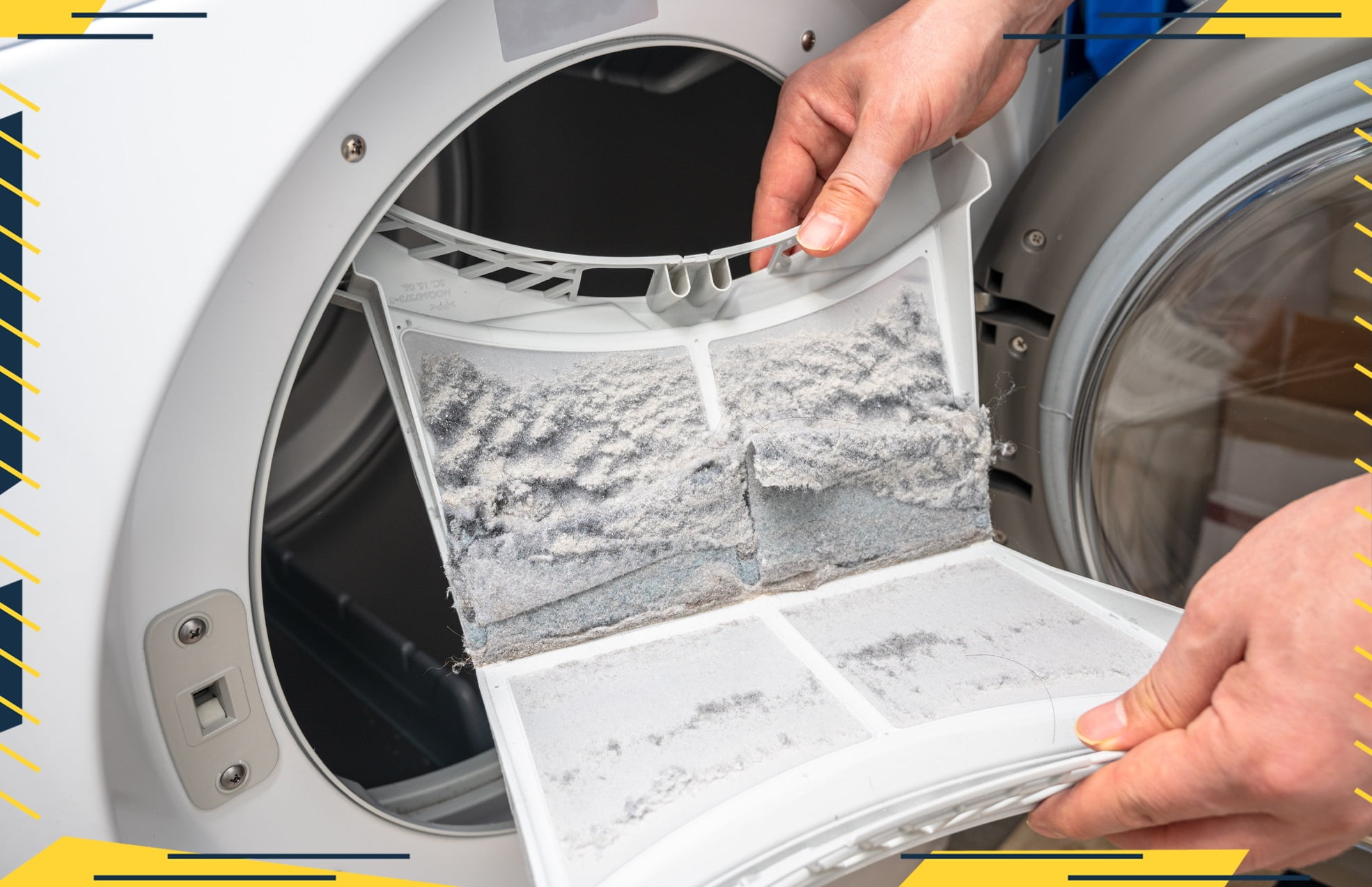
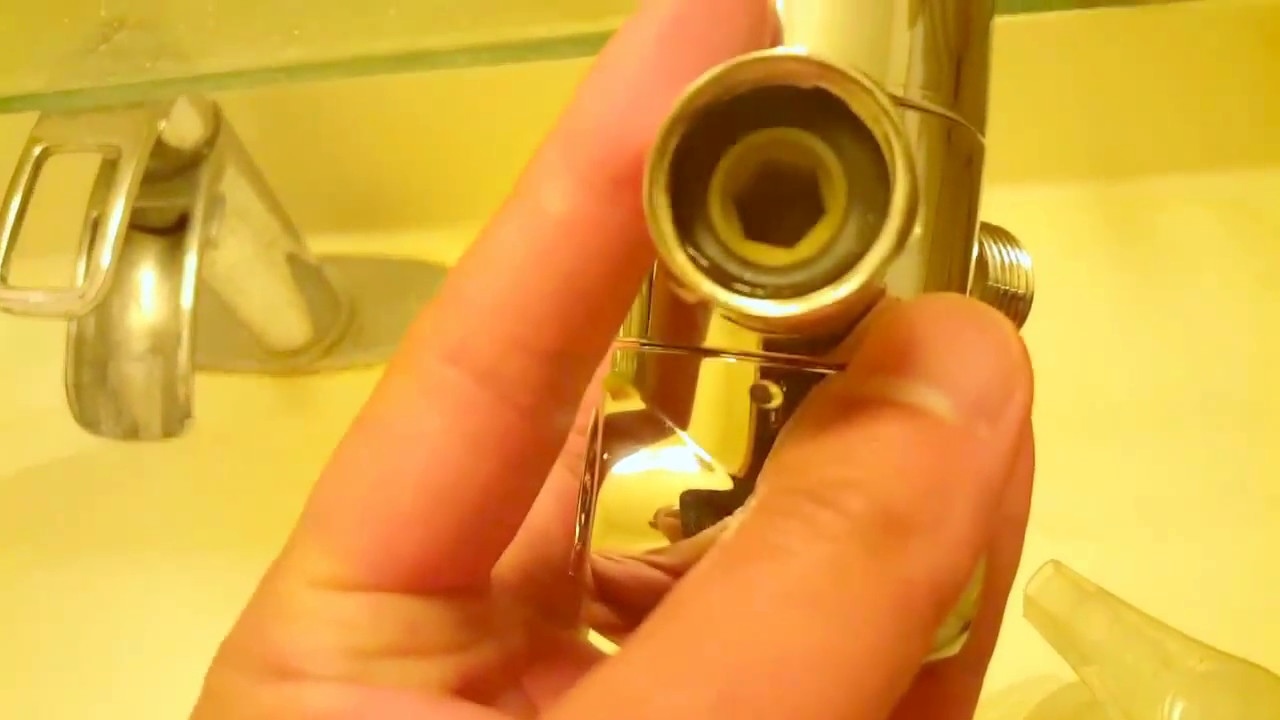

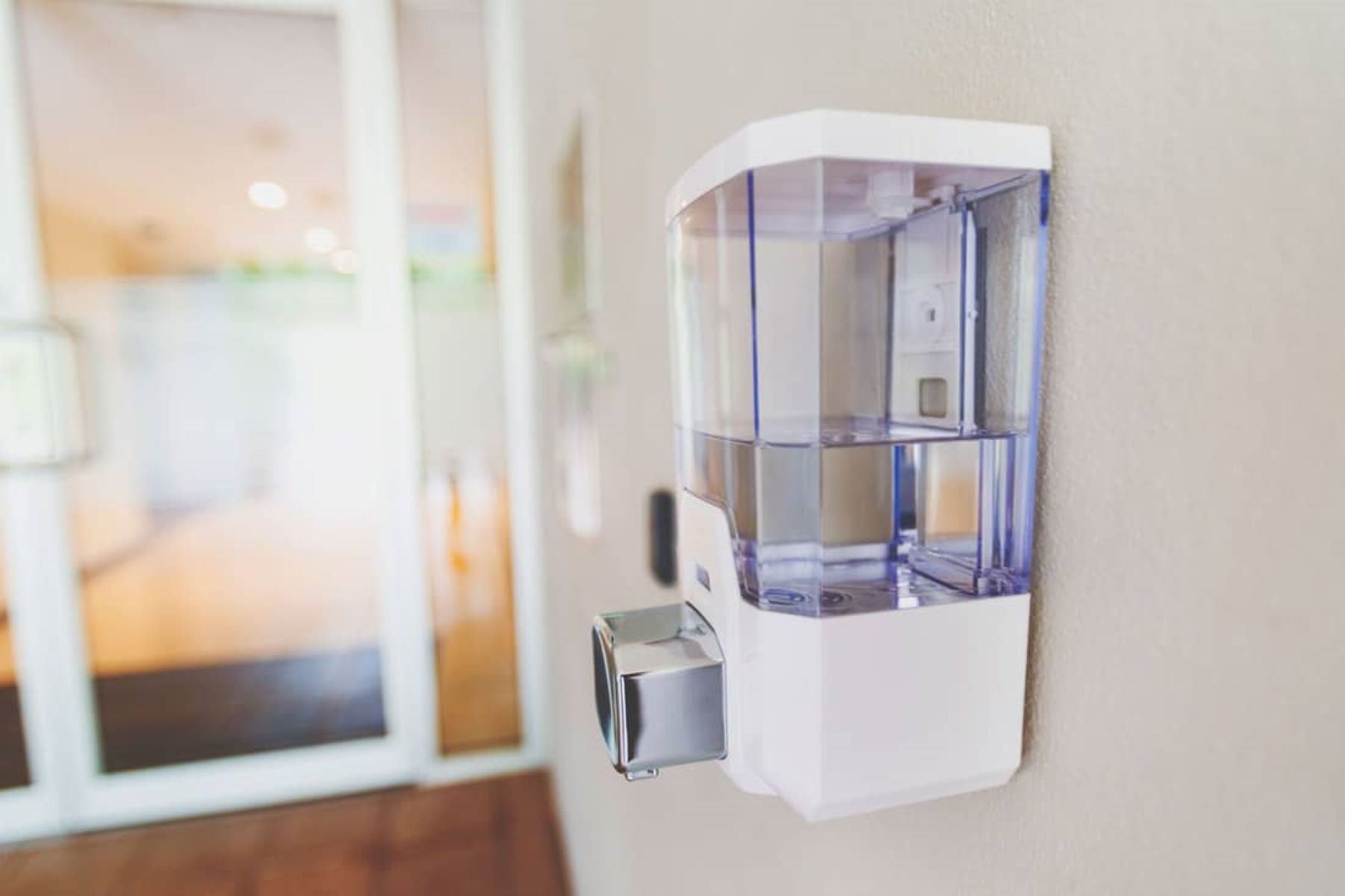
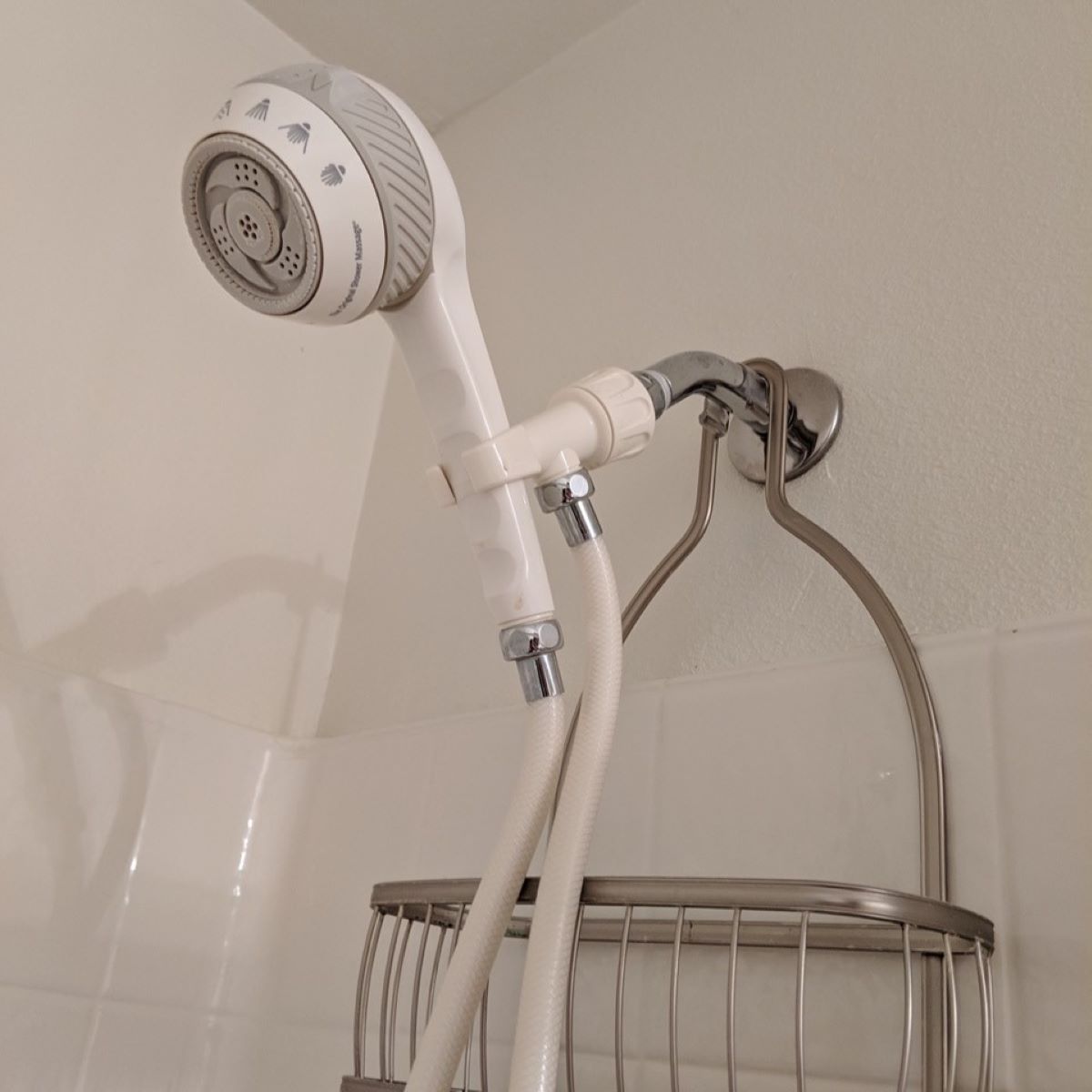
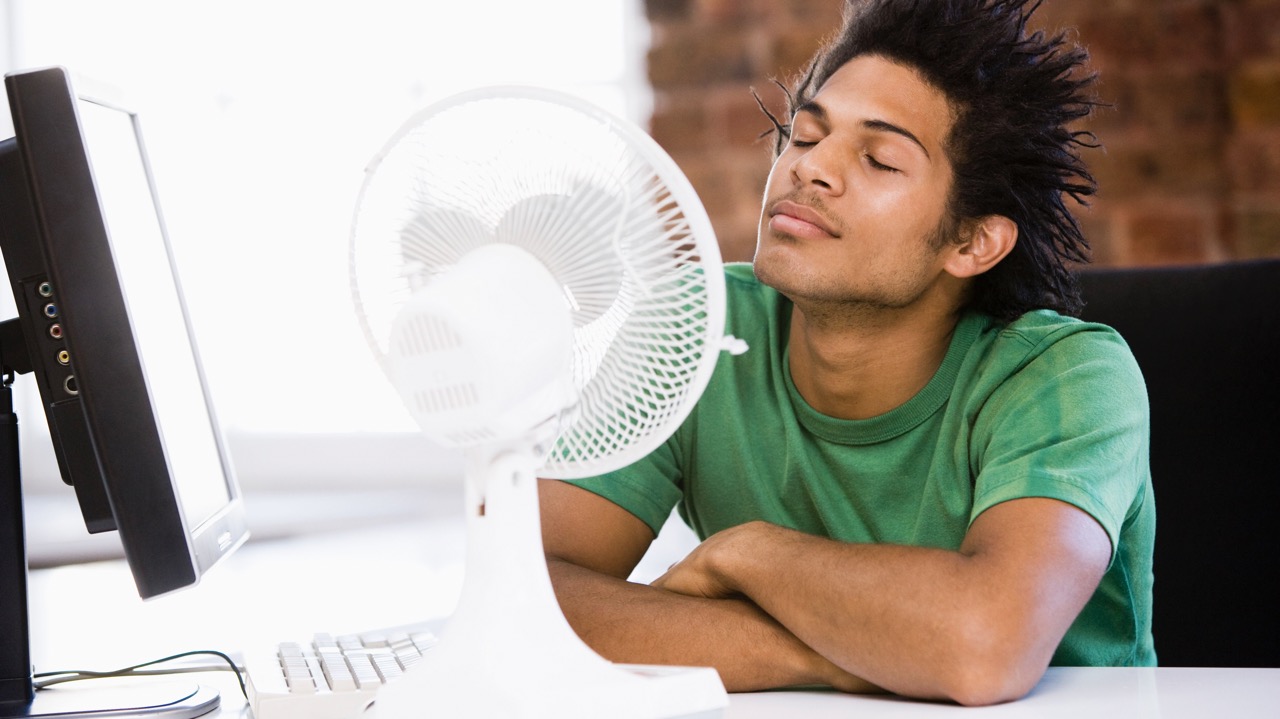
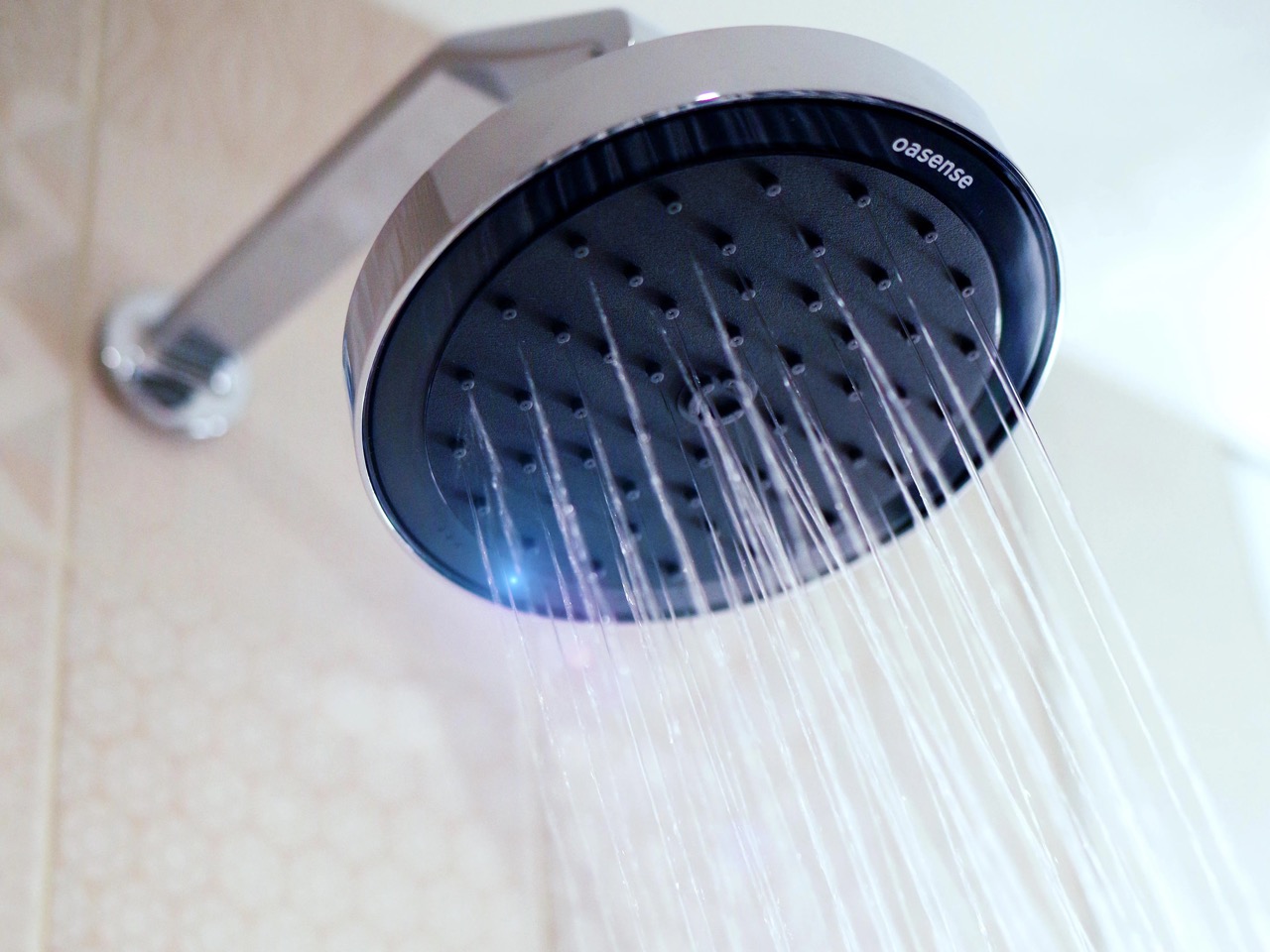
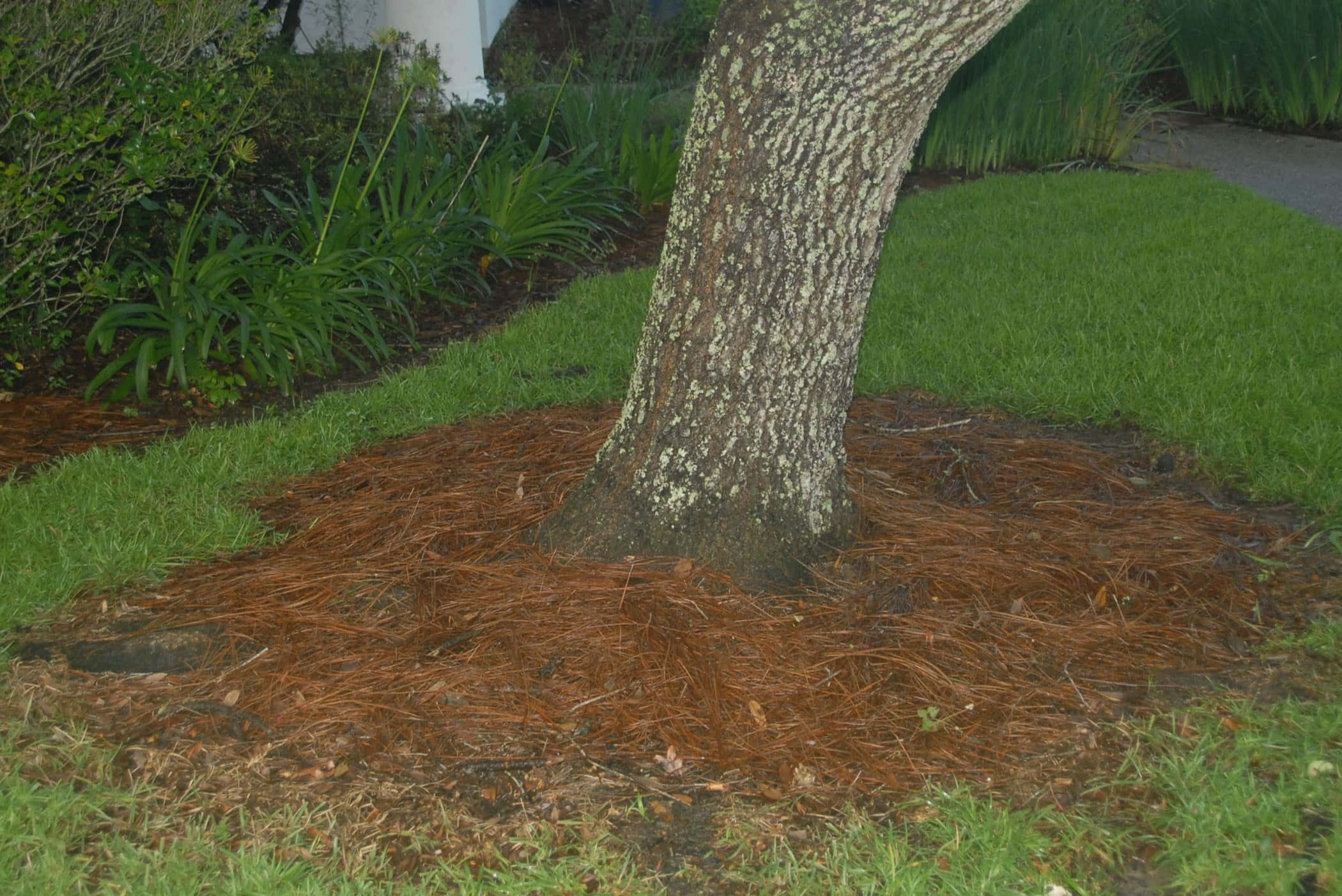
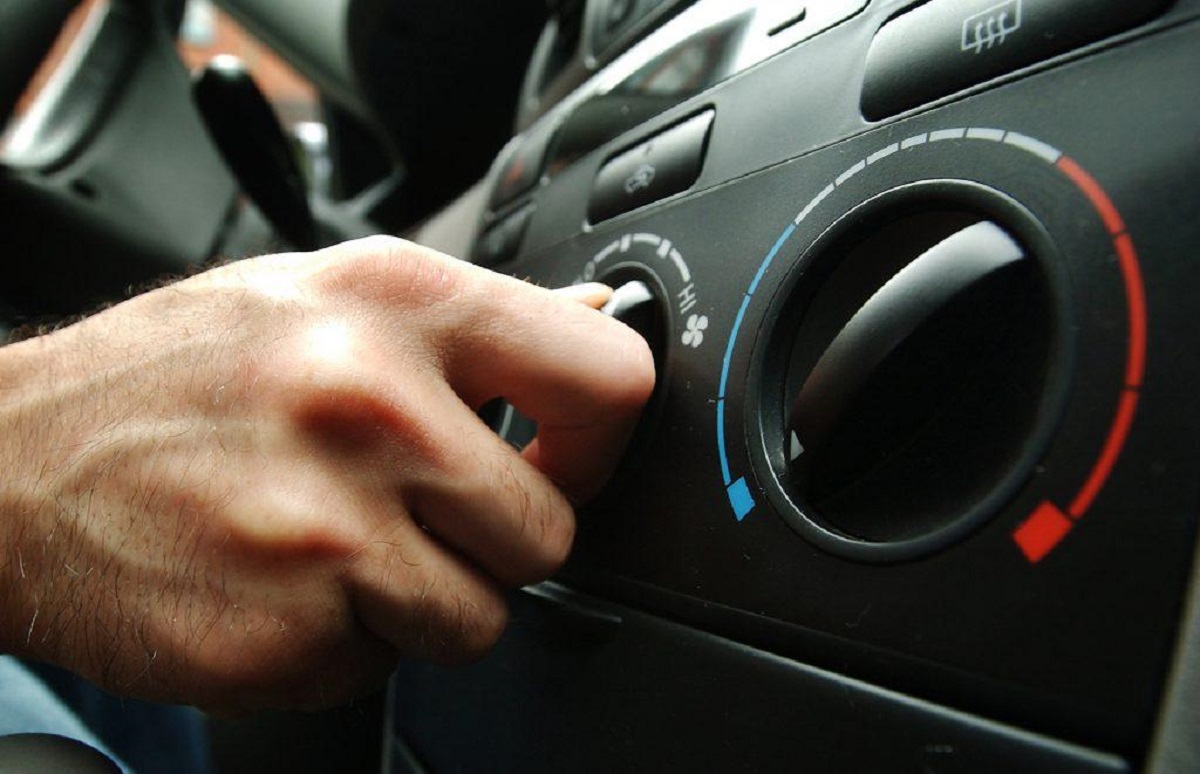
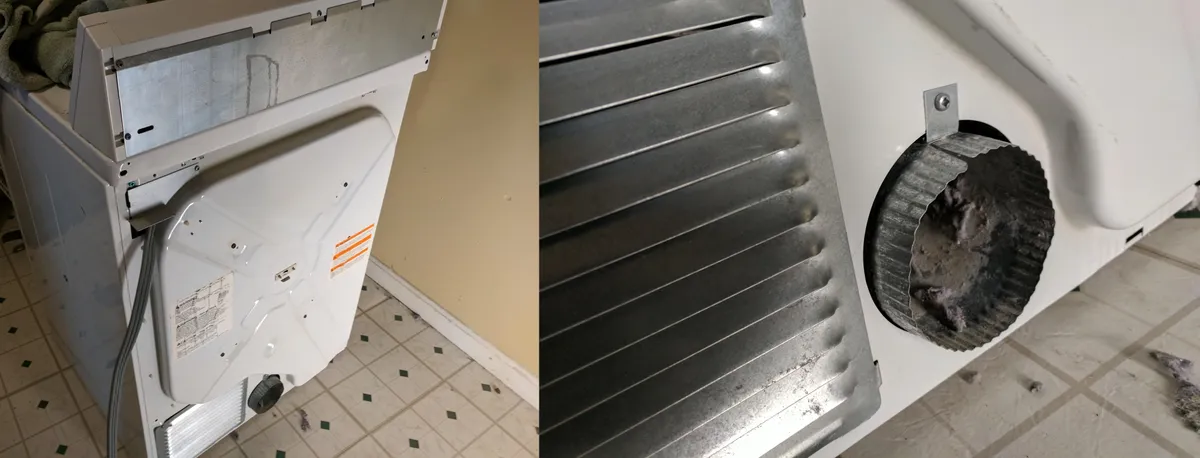
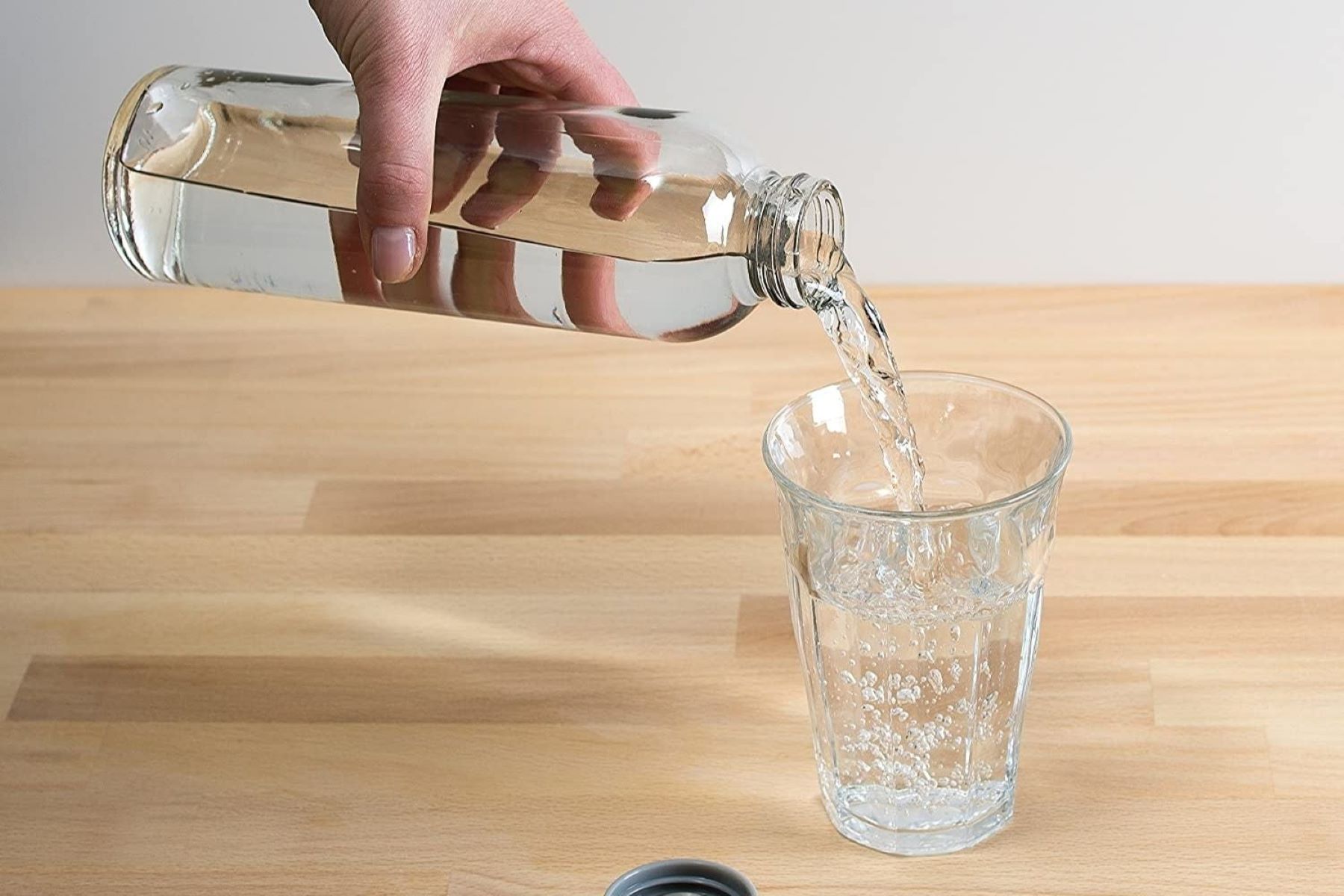
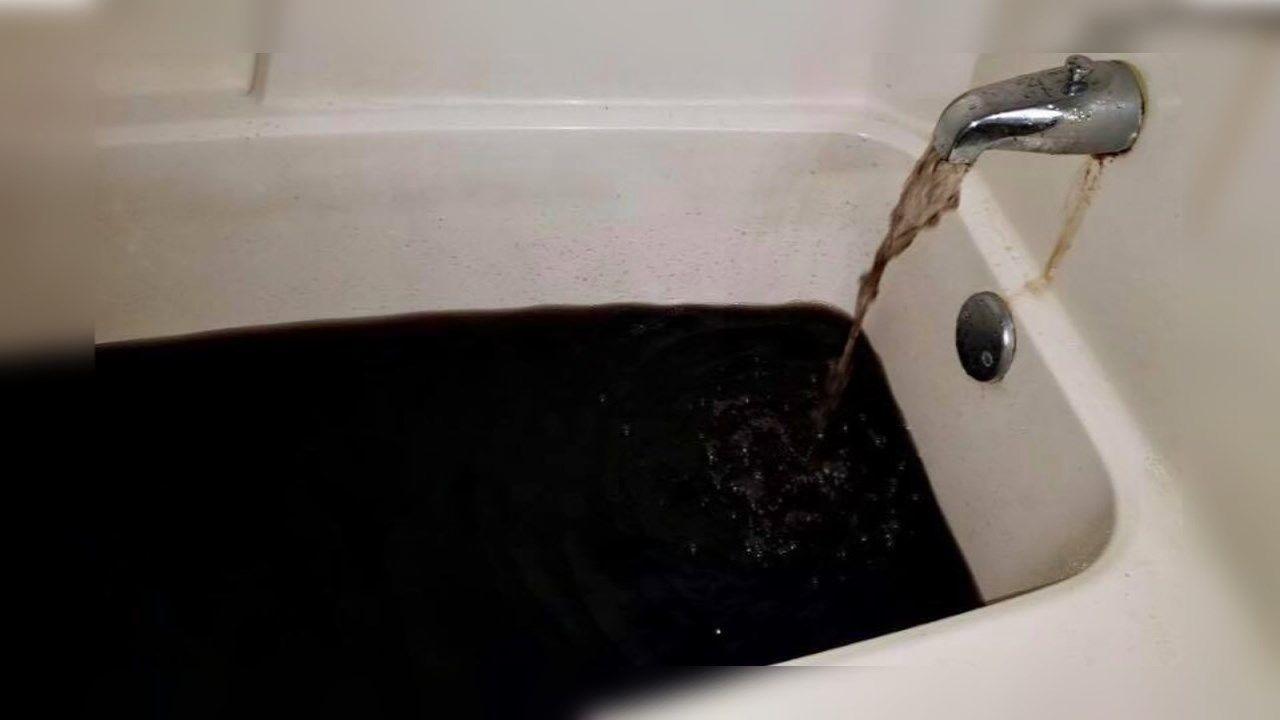
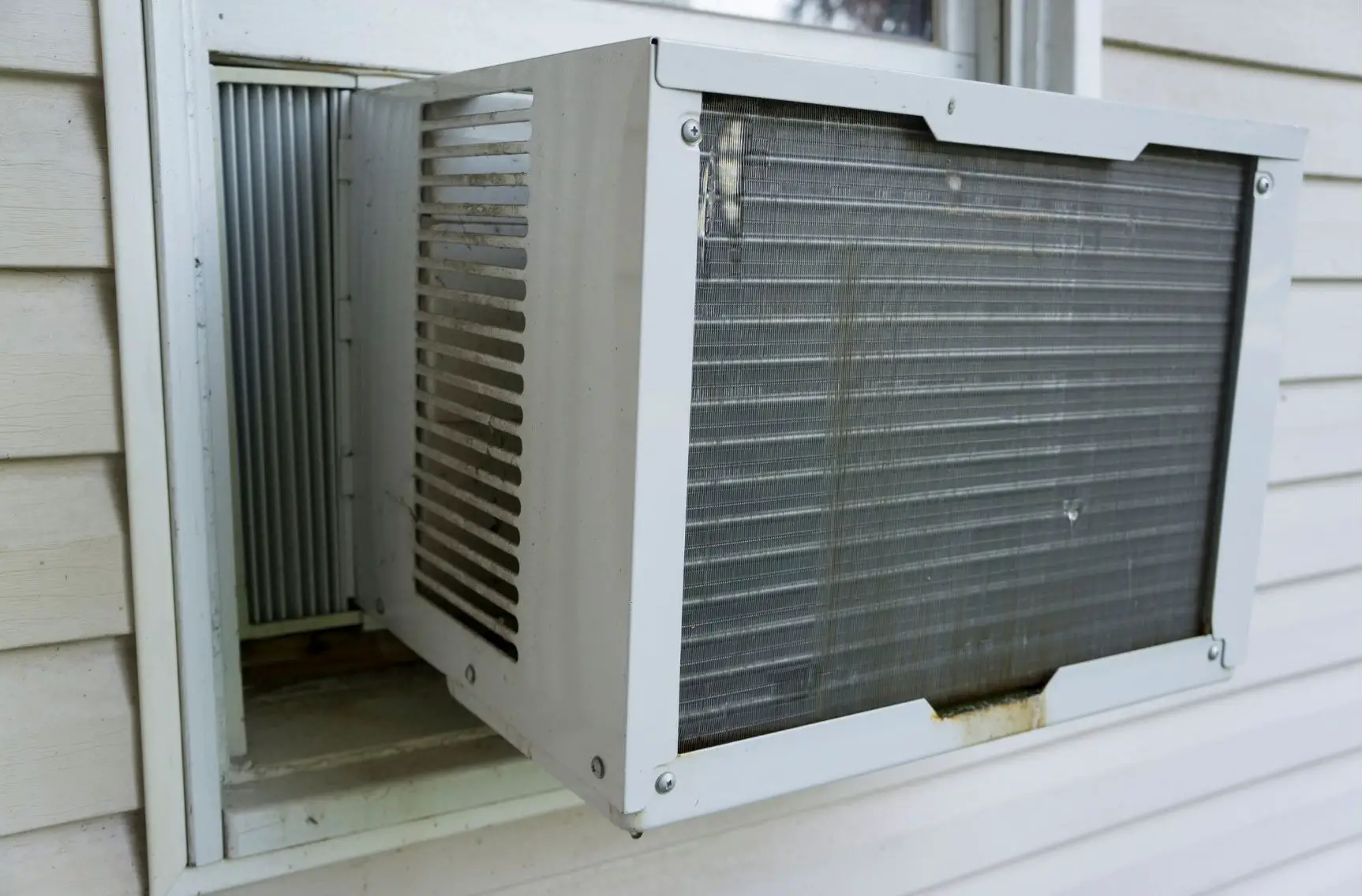

0 thoughts on “Why Doesn’t All The Water Come Out Of Showerhead”